Porridge cooked with tilapia fish by knocking it through a bamboo basket has made many people curious at the Hanoi Autumn Festival 2023.
Ung Hoa, a suburb of Hanoi, is famous for its Van Dinh grass duck dish, but not many people know about the unique porridge dish, which has been associated with the childhood of many generations of people in Cau Bau village, Quang Phu Cau commune.
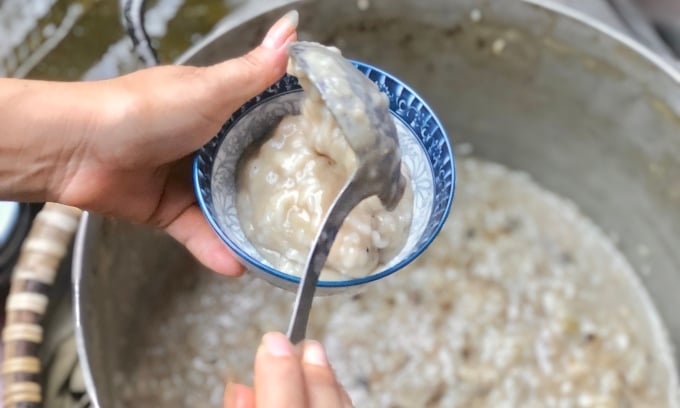
Porridge is a childhood dish of people in Ung Hoa district, Hanoi.
"Cau Bau porridge seems strange to many people in Hanoi," said Ms. Nguyen Thi Minh (Hanoi), an artisan invited by the Vietnam Culinary Culture Association to participate in the Hanoi Autumn Festival 2023 taking place at the Hanoi Children's Palace from September 29 to October 1.
She said that in Cau Bau village, there are only two artisans who preserve the flavor of porridge because of the "extremely elaborate preparation method even though there are only two ingredients: rice and tilapia." To cook a pot of porridge, Ms. Minh uses 3 kg of rice and 2 kg of fish.
The rice used to make porridge is Khang Dan rice, often used to make popular dishes such as rice rolls, rice cakes, pho noodles, and noodles. According to Ms. Minh, Khang Dan rice has slender, long, firm grains that rarely break or crack when cooked, and has a natural sweet taste. The rice is soaked for about 3-4 hours so that the grains absorb water and become plump, then drained.
Next is the process of preparing the perch broth. The delicious fish is the fresh fish caught naturally in the rice fields of Ung Hoa district, scaled, and the organs removed so that the broth is not fishy and bitter, then boiled until cooked with crushed fresh ginger. After the fish is cooked, the fish meat is filtered, the bones are crushed, filtered through a cloth to get the broth, mixed with water and then cooked with the filtered fish meat. According to Ms. Minh, this method can take advantage of almost all the sweetness of the meat and bones of the fish, but requires the cook to have his own secrets to completely remove the fishy smell.
Put the rice into the pot of tilapia water and cook over low heat until it boils, use a ladle to scoop the mixture of rice and fish water into a bamboo basket and continuously tap it so that the mixture falls through the gaps. The name "pouring porridge" also comes from this unique way of making it. The cook will continuously tap and filter until the mixture reaches the right consistency.
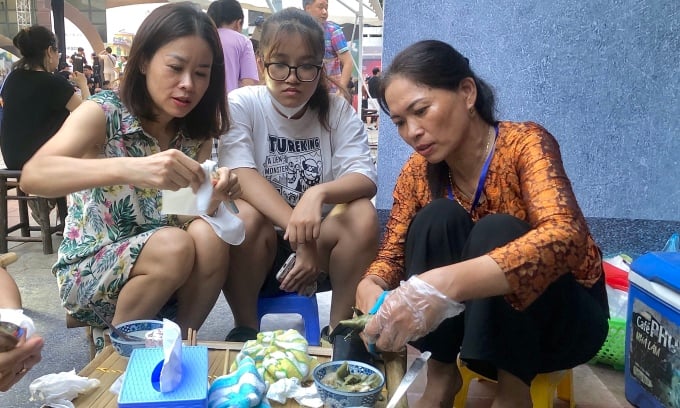
Ms. Minh (right) is one of two people who preserve the flavor of gong porridge in Ung Hoa district, Hanoi.
After completion, the porridge is not too thin, but not too thick, smooth and soft like the rib porridge made from ground rice flour. The bowl of porridge still has soft rice grains and small balls of flour which are a mixture of fish meat and rice flour that stick together during the process of filtering through a bamboo basket. This is the difference between Cau Bau porridge and the porridge dishes commonly found in Hanoi.
The sweetness of Khang Dan rice blends with the sweetness of tilapia fish broth, with a hint of fresh ginger aroma, creating a fragrant, sticky, sweet porridge. Ms. Minh said that MSG is added to the porridge, but not much, 90% of the sweetness of the porridge comes naturally from the rice and tilapia fish broth.
Served with porridge is banh khuc, a popular cake in the Northern Delta. Banh khuc is made from crushed rau khuc leaves mixed with sticky rice flour as the crust, with meat and pork fat as the filling, wrapped in banana leaves into a flat rectangle and steamed. After cooking, banh khuc has a green crust of rau khuc, the aroma of sticky rice and a fatty meat filling.
Banh khuc is cut into bite-sized pieces and placed on top of a bowl of porridge, attracting many diners when passing by Ms. Minh's stall, including Ms. Hoa (54 years old, Hanoi). The first time enjoying porridge and Ung Hoa banh khuc, Ms. Hoa was surprised because "she thought the small balls of dough in the porridge were just normal rice grains, but unexpectedly there was also tilapia meat", but there was no fishy smell. However, the banh khuc served with it was "a bit hard compared to the softness of the porridge and had a little less meat filling".
After listening to Ms. Minh introduce how to make porridge, Ms. Thuy and Mr. Vinh's family and their 6-year-old son also enjoyed a bowl each. According to them, the price of 10,000 VND is quite cheap compared to the effort to prepare this porridge, especially since there is a lot of fish meat in the porridge.
Porridge is a simple dish that can be enjoyed all year round, but winter is the best-selling time of the year. Every day, Ms. Minh cooks two pots of porridge, one in the morning and one in the afternoon. "Each pot only sells out in about 1-2 hours," she said. Although there are still people who love porridge, the image of mothers sitting in a wood-fired stove cooking porridge, with children gathering around the pot of porridge, slurping noisily, is no longer there.
To enjoy porridge, visitors can go to Cau Bau village, Quang Phu Cau commune, Ung Hoa district, Hanoi, about 40 km from the center of Hanoi.
Article and photos: Quynh Mai
Source link


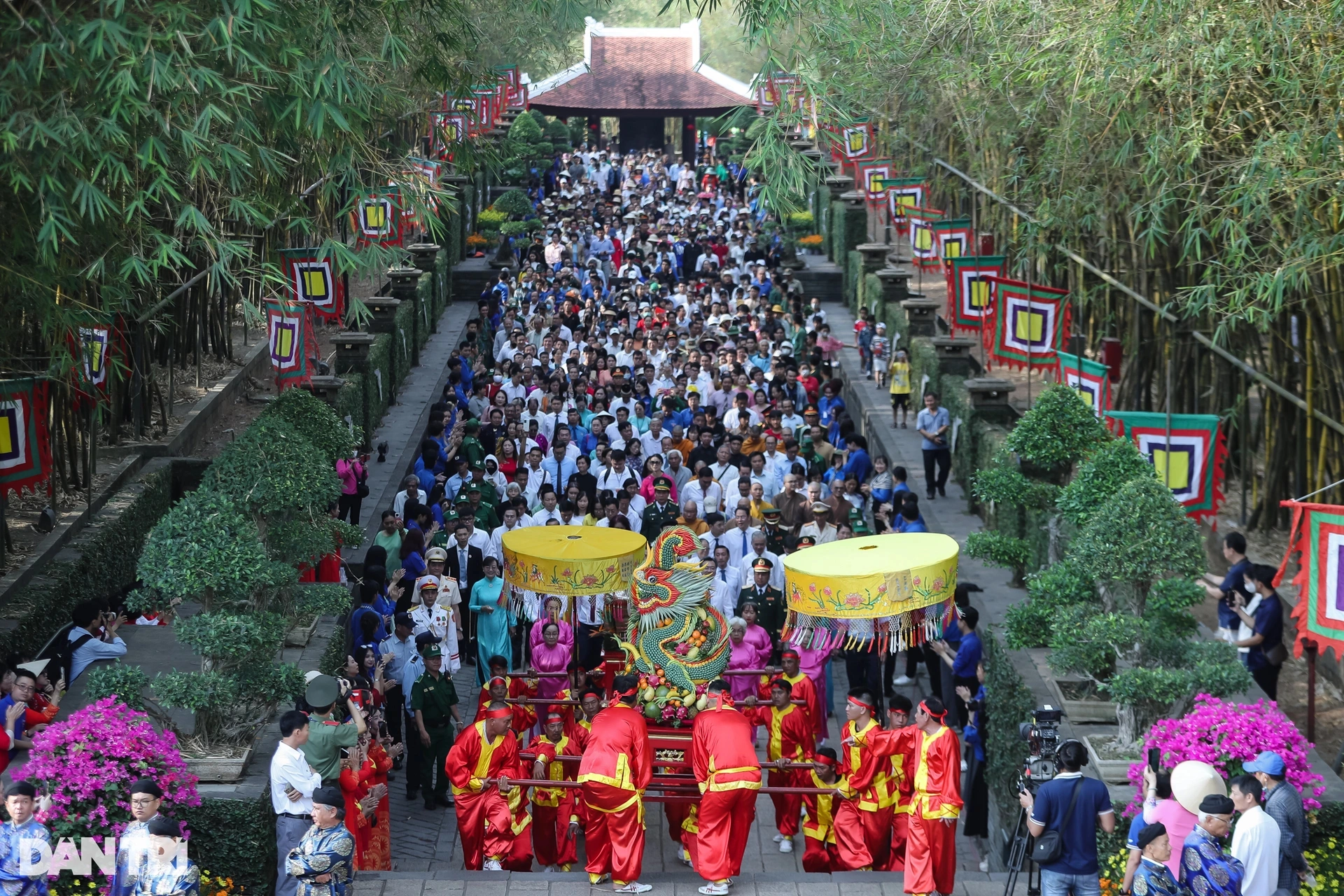









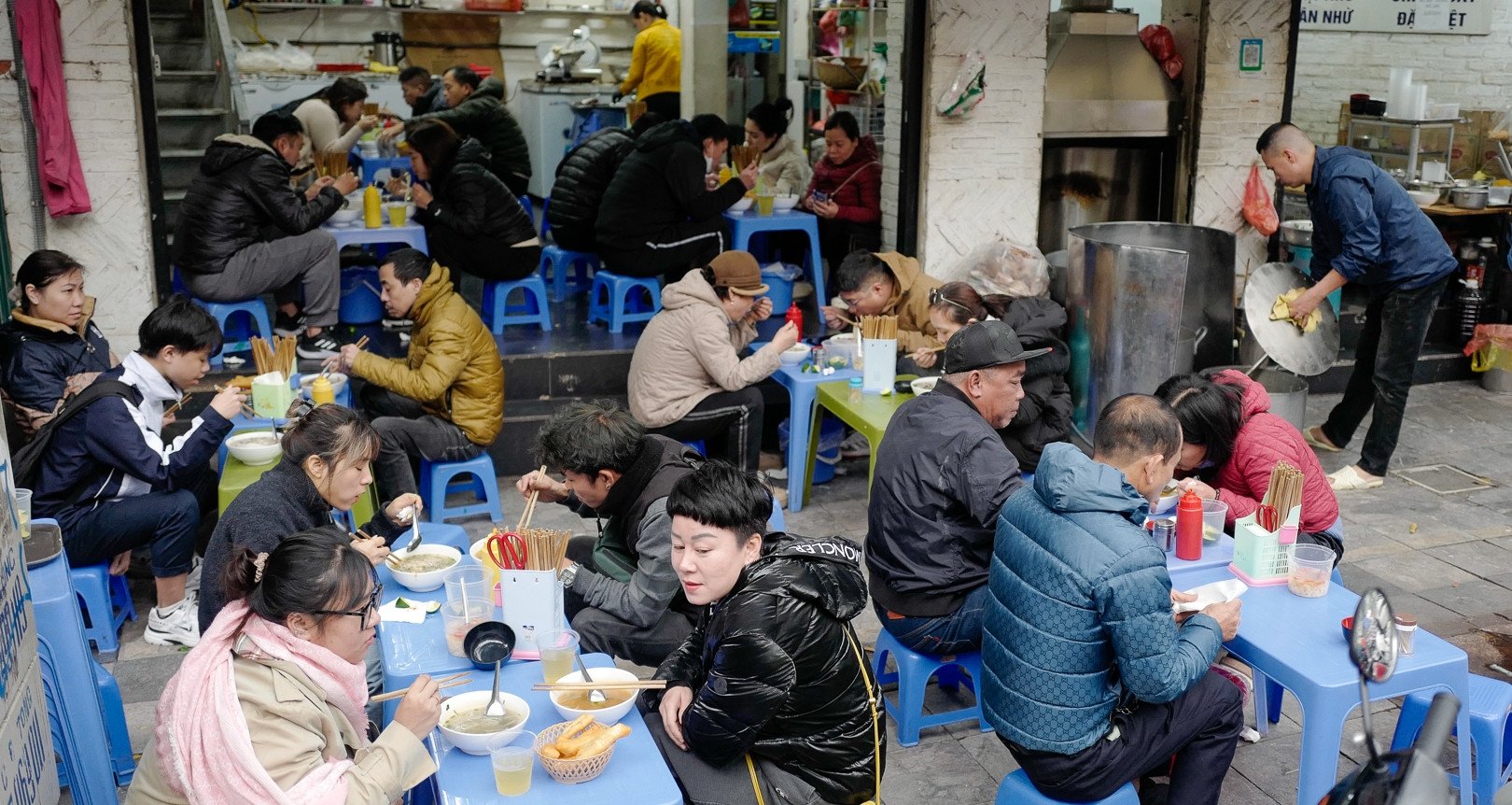

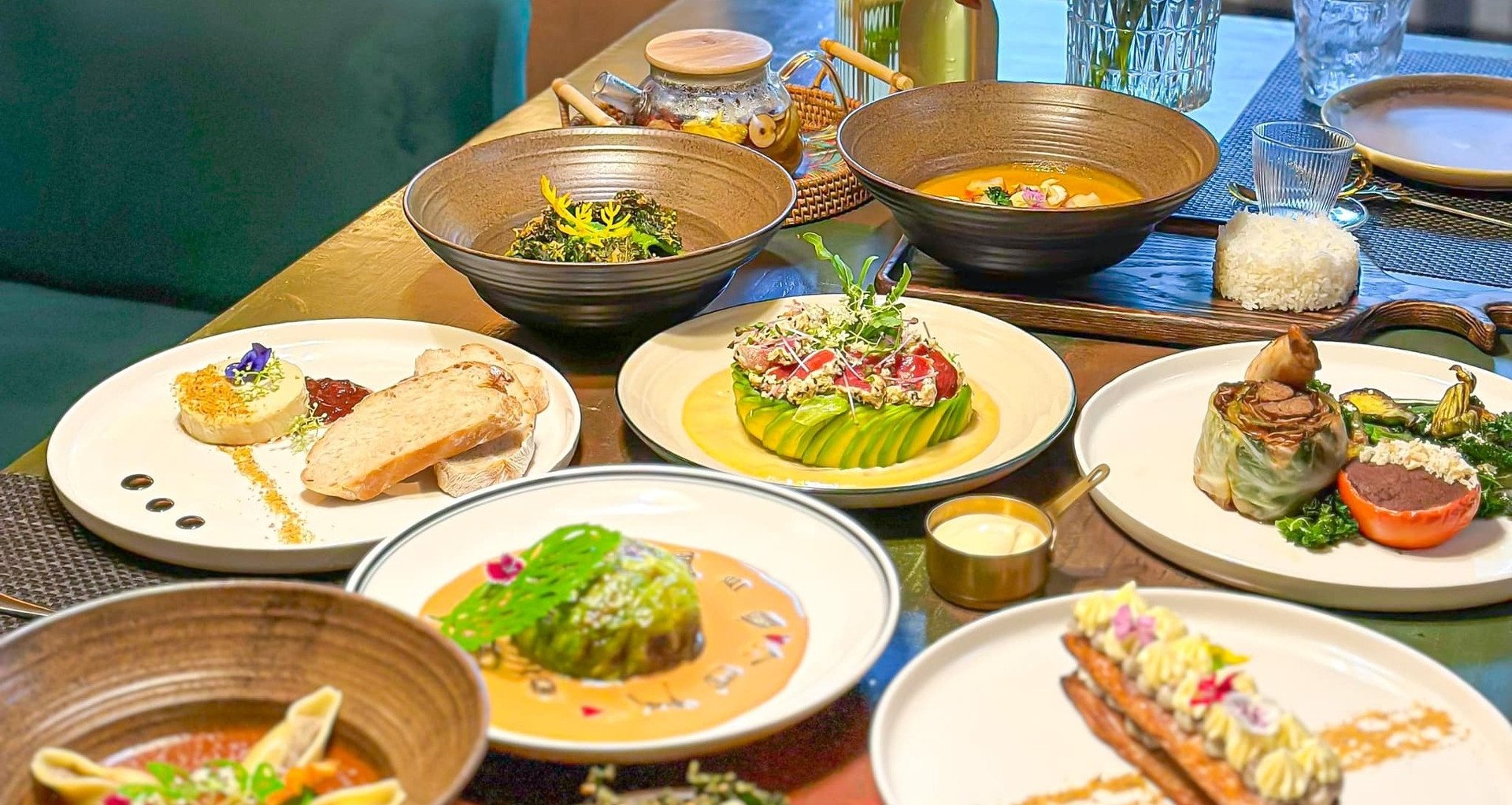
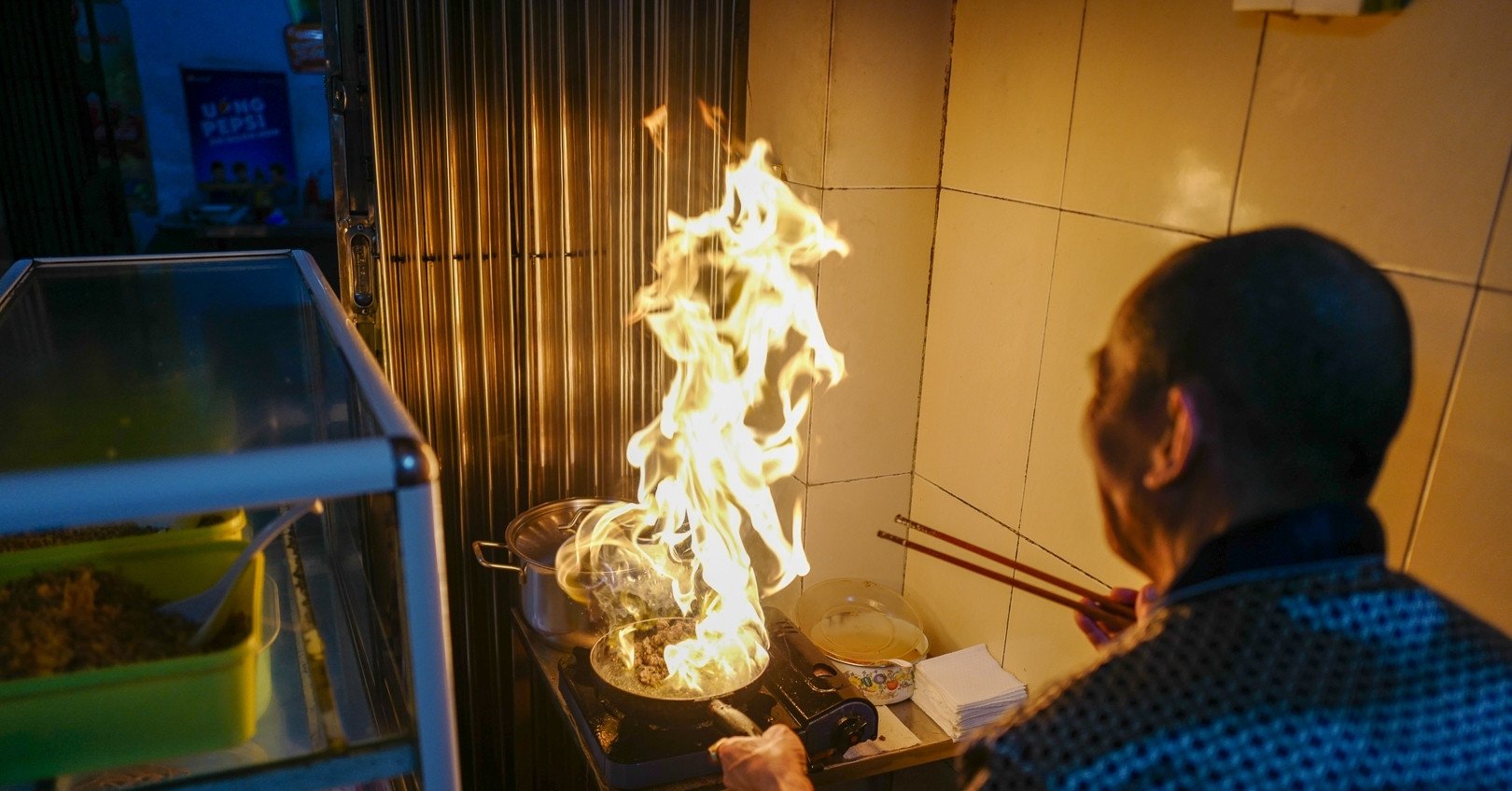



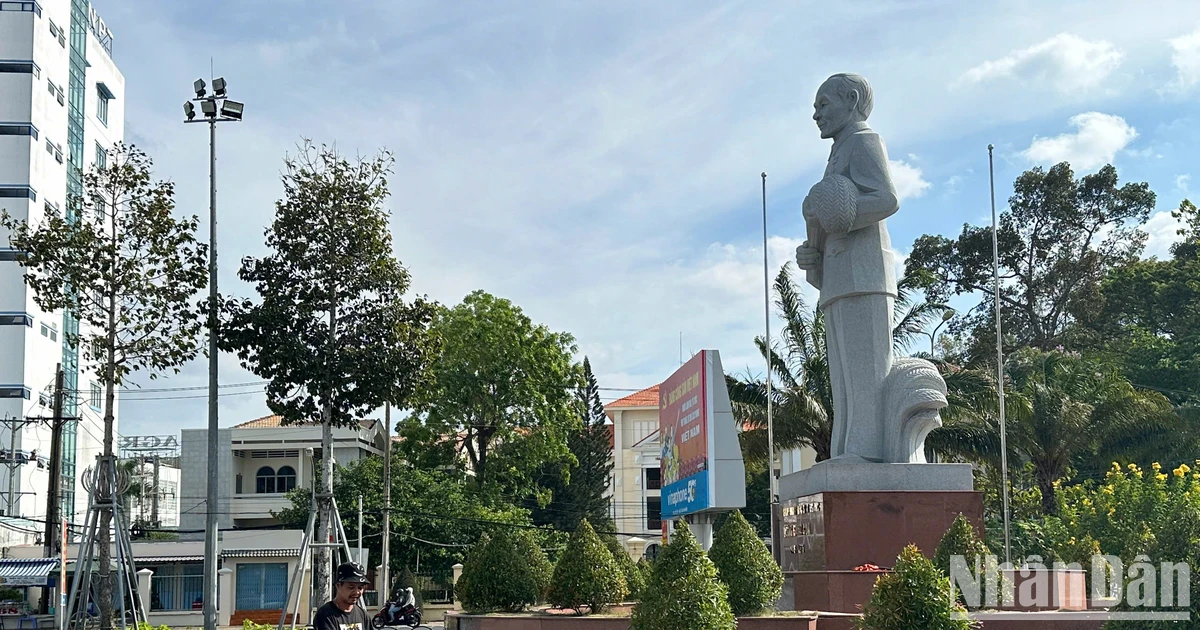
![[Photo] Romantic pink season in B'Lao](https://vstatic.vietnam.vn/vietnam/resource/IMAGE/2025/4/6/fc785a03932e474e90e5898e43170e6b)











![[Photo] Solemn Hung King's Death Anniversary in France](https://vstatic.vietnam.vn/vietnam/resource/IMAGE/2025/4/6/786a6458bc274de5abe24c2ea3587979)

![[Photo] Vietnamese rescue team shares the loss with people in Myanmar earthquake area](https://vstatic.vietnam.vn/vietnam/resource/IMAGE/2025/4/6/ae4b9ffa12e14861b77db38293ba1c1d)

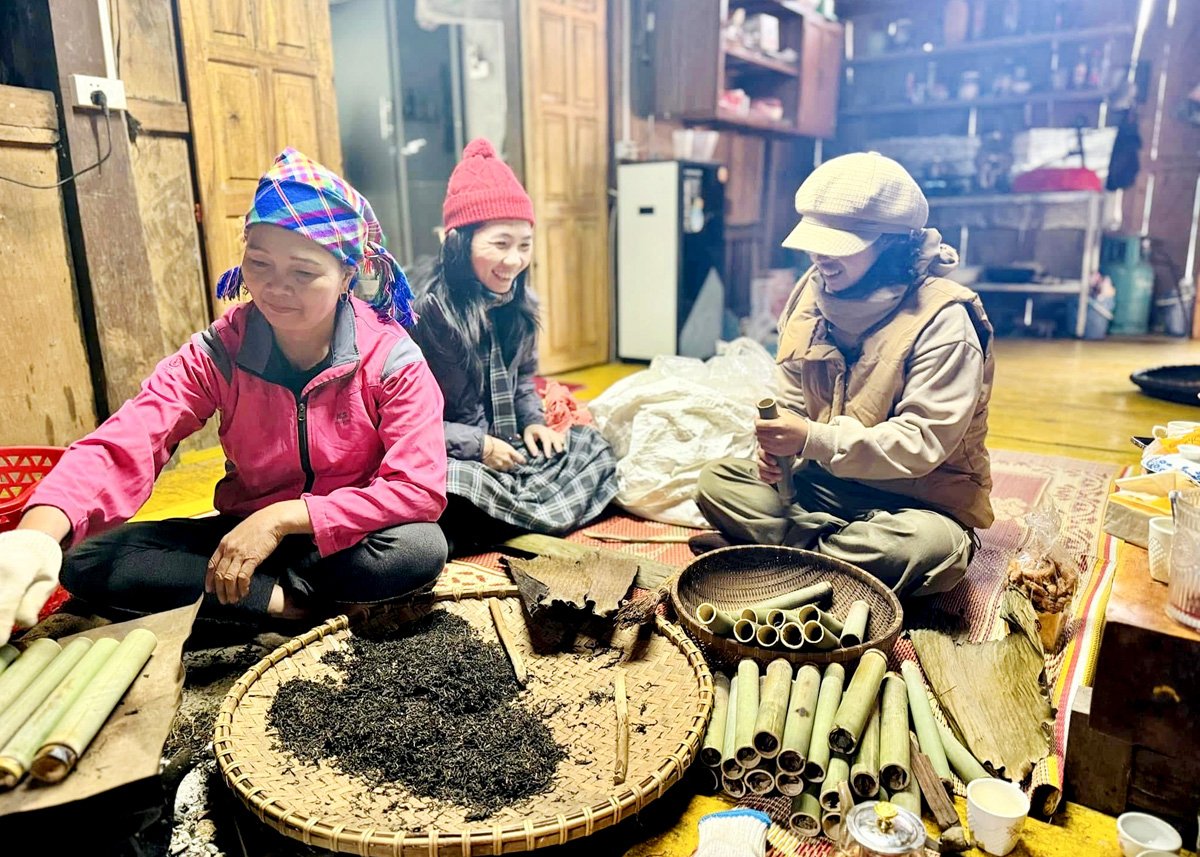




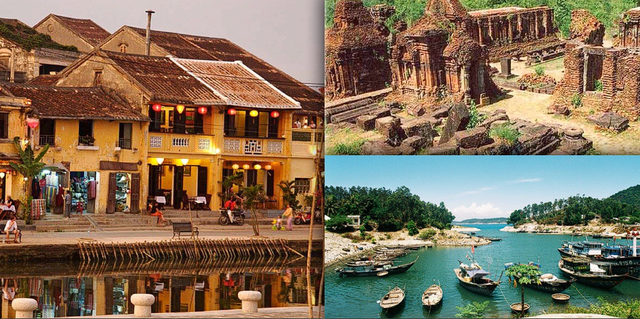




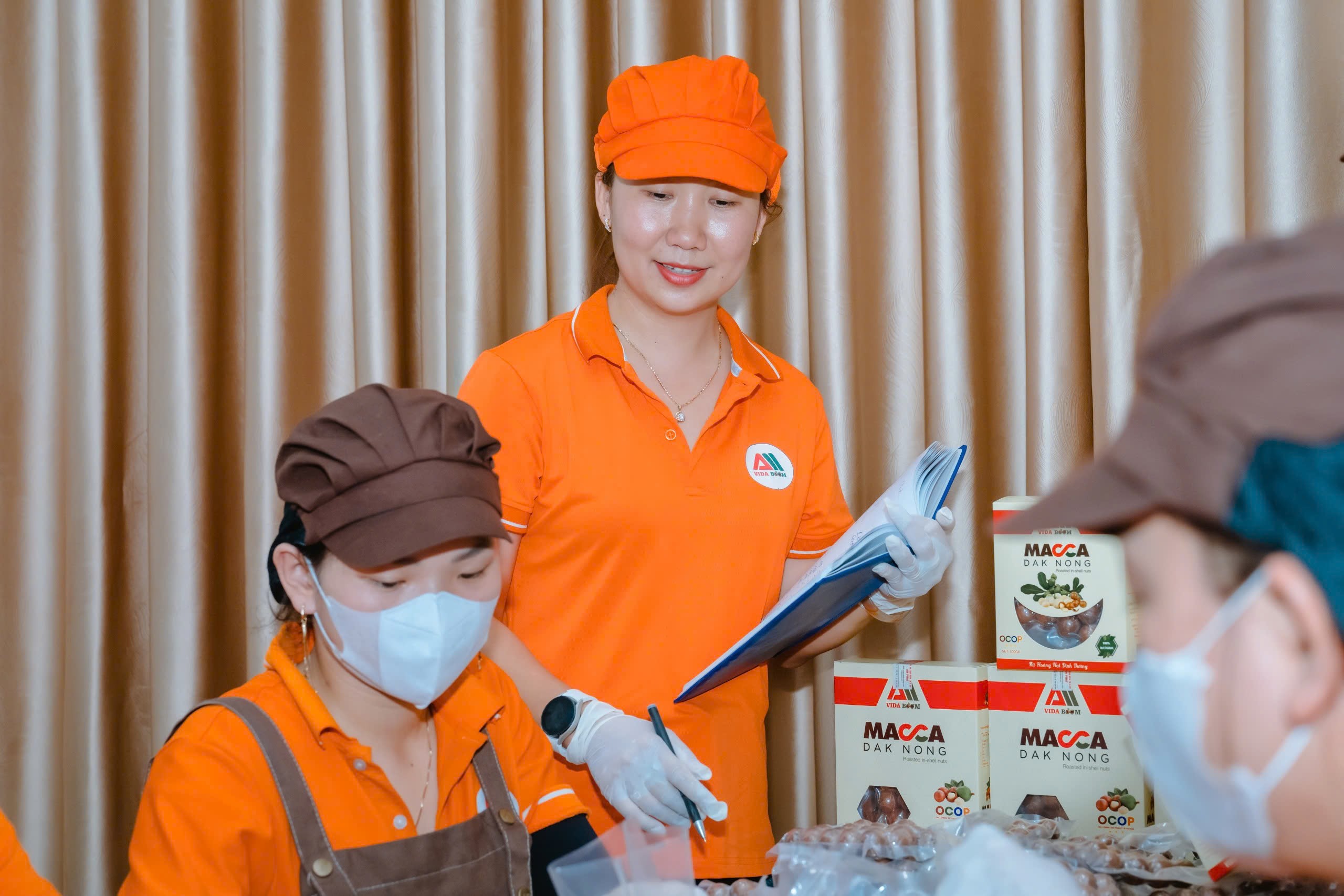

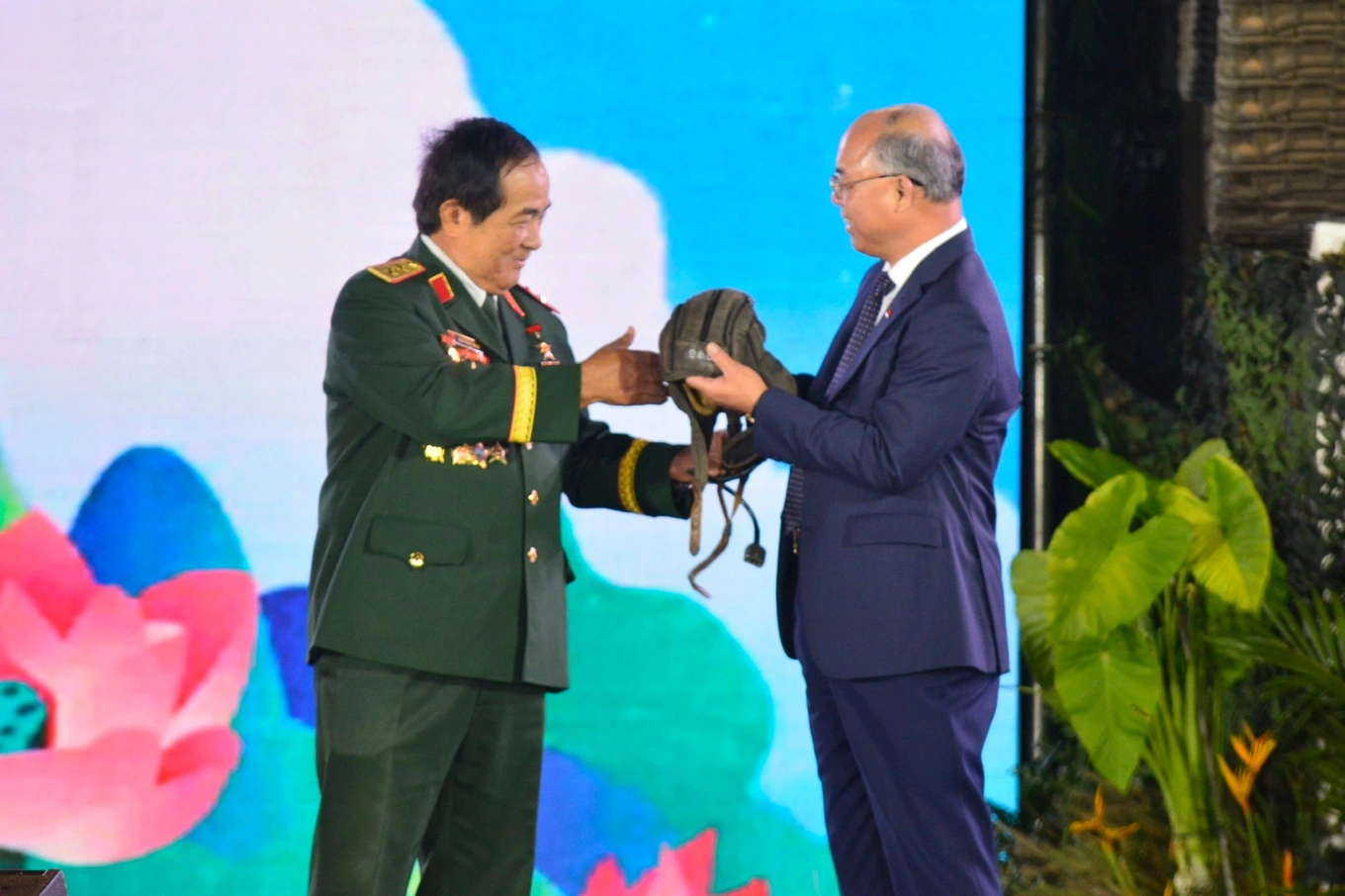
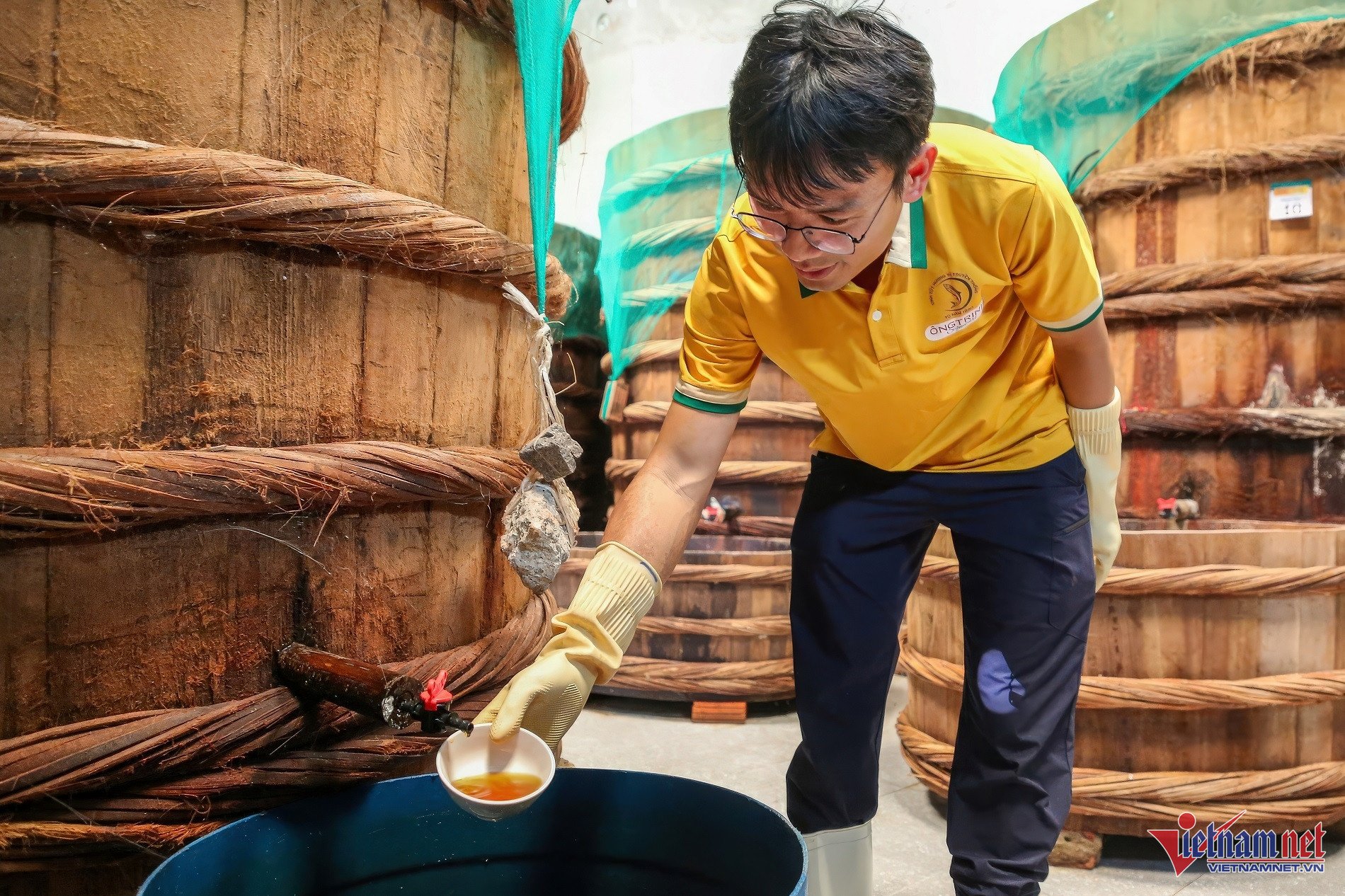
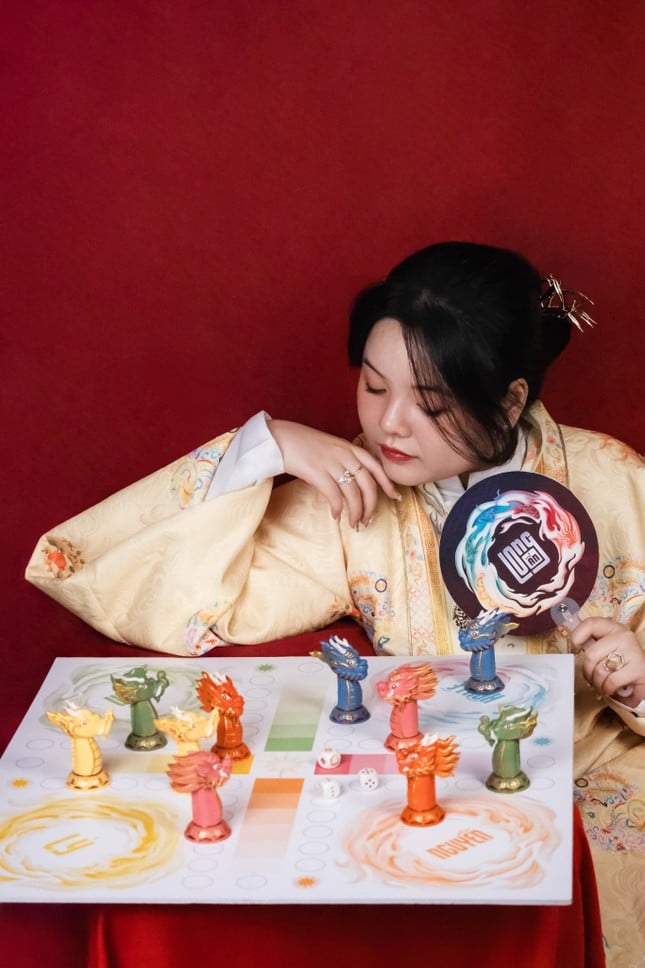



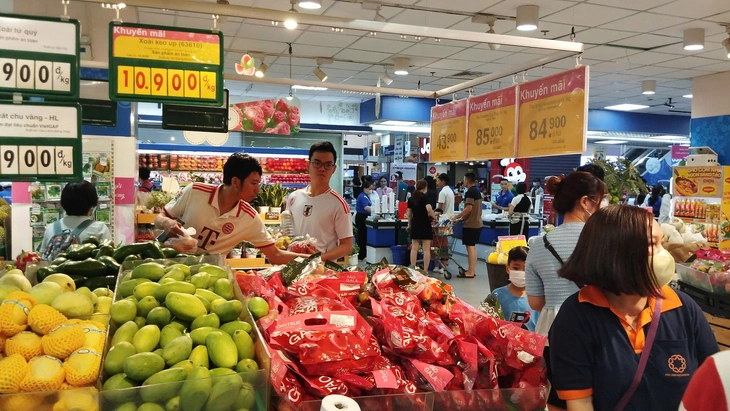




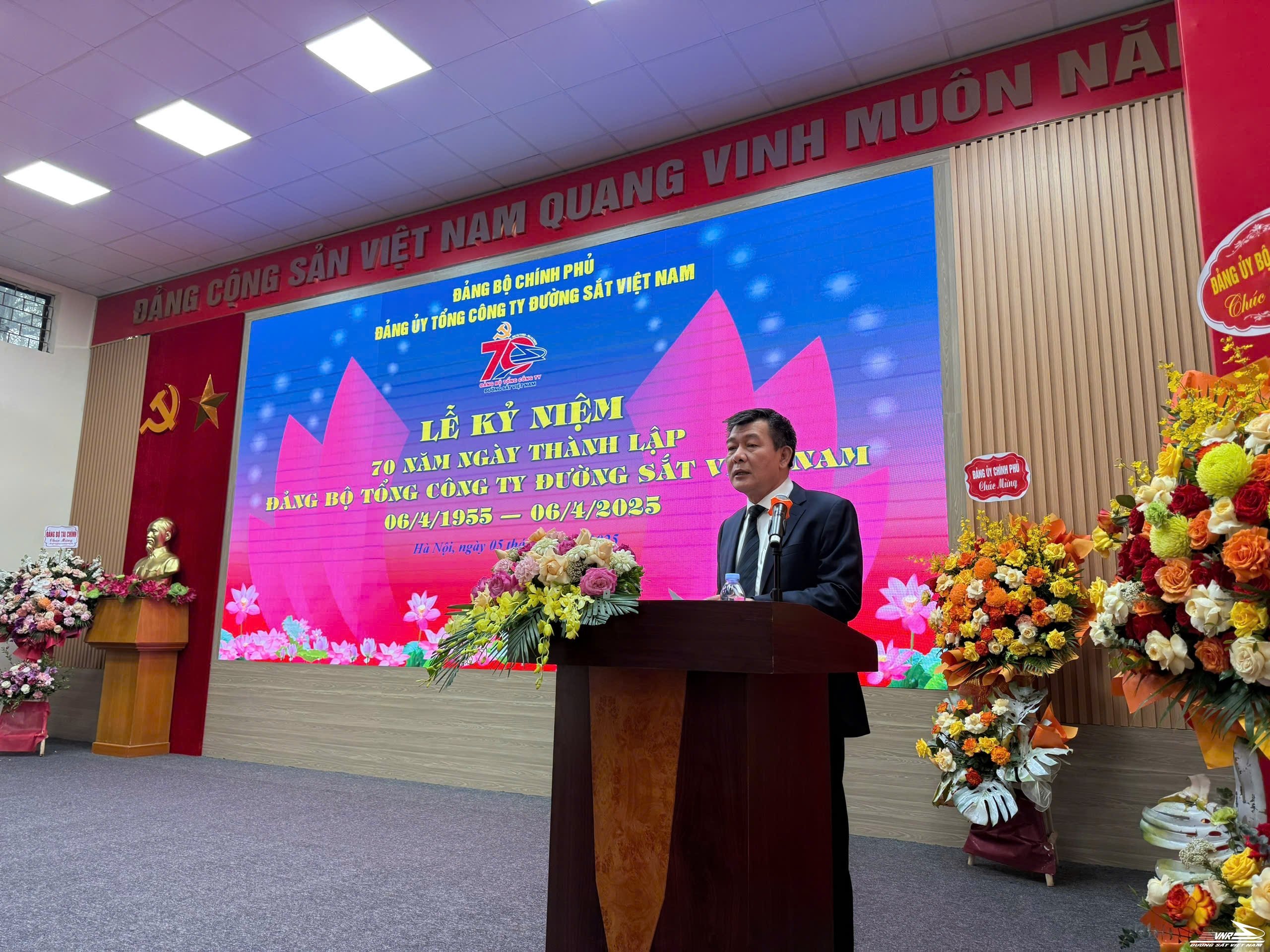




















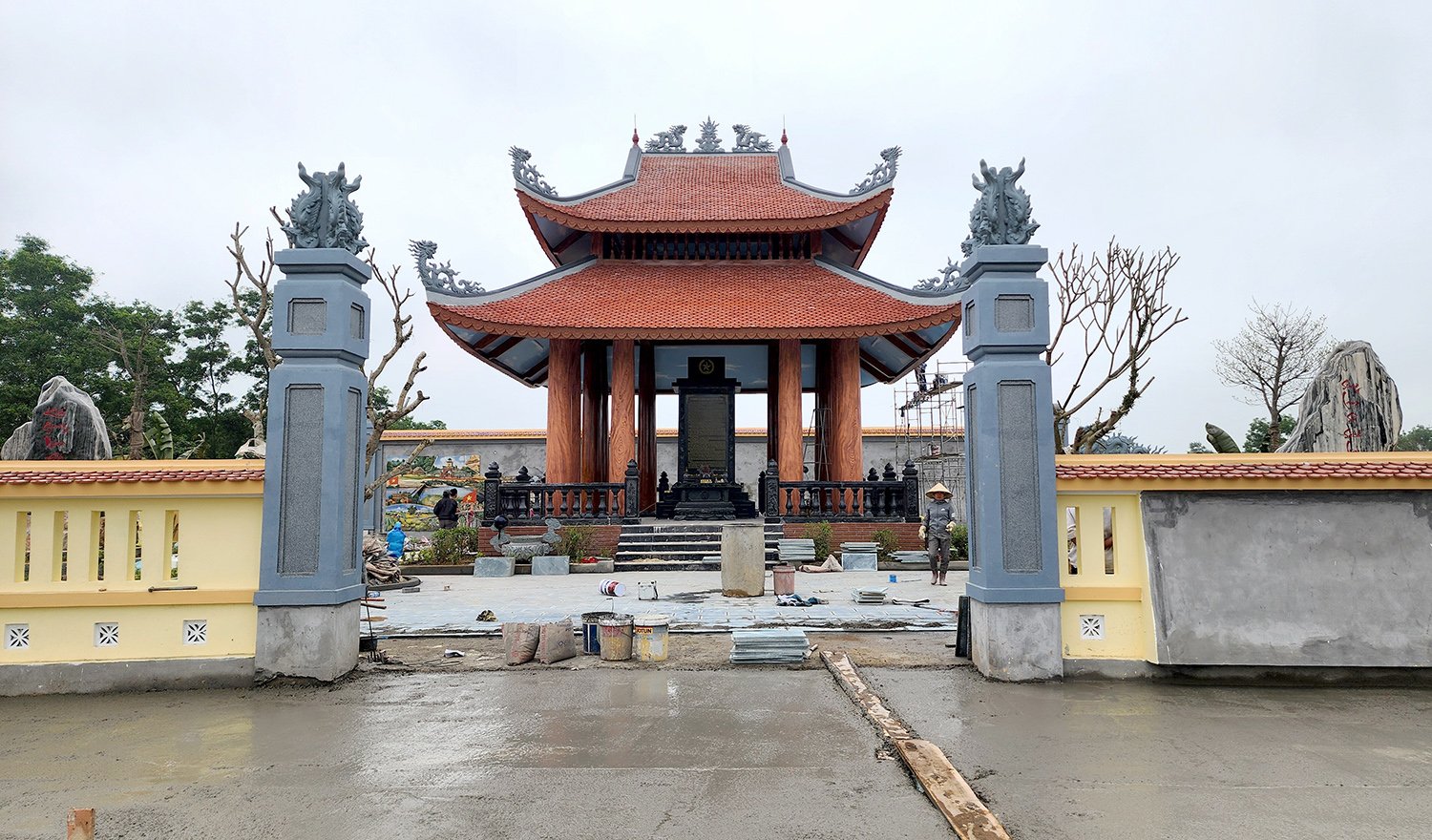

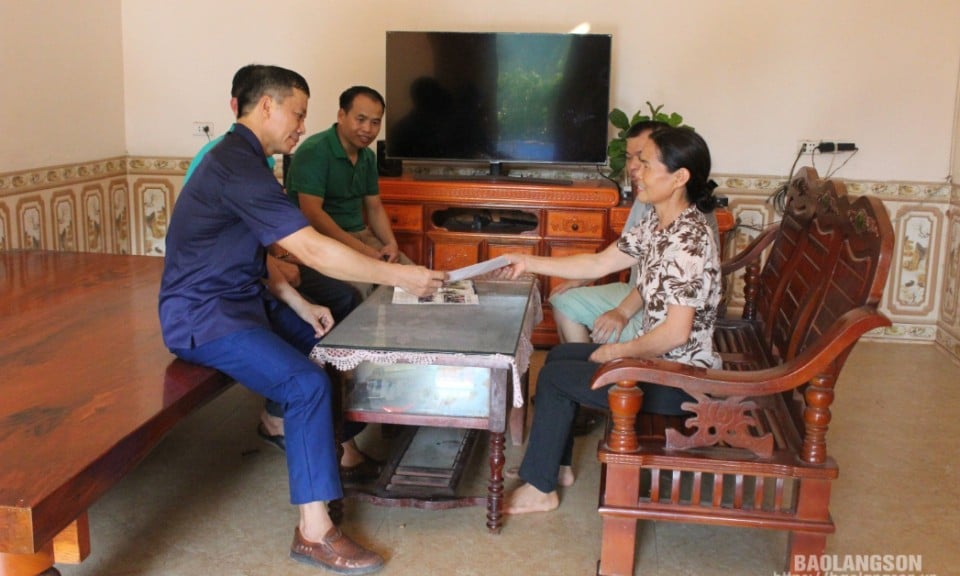





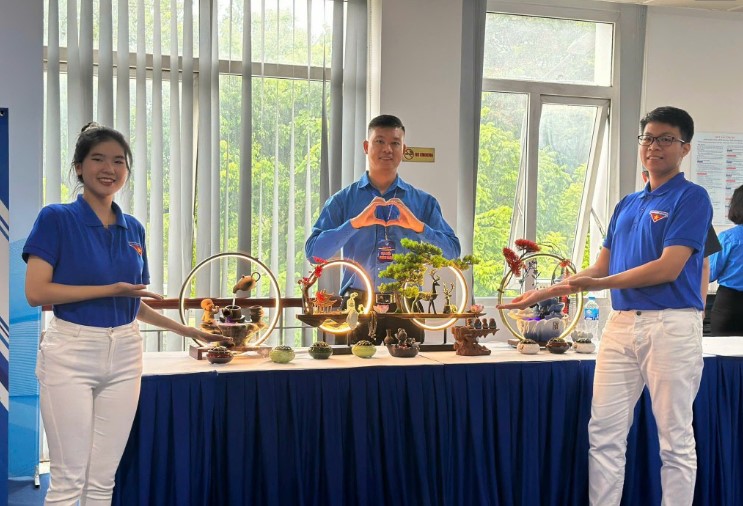
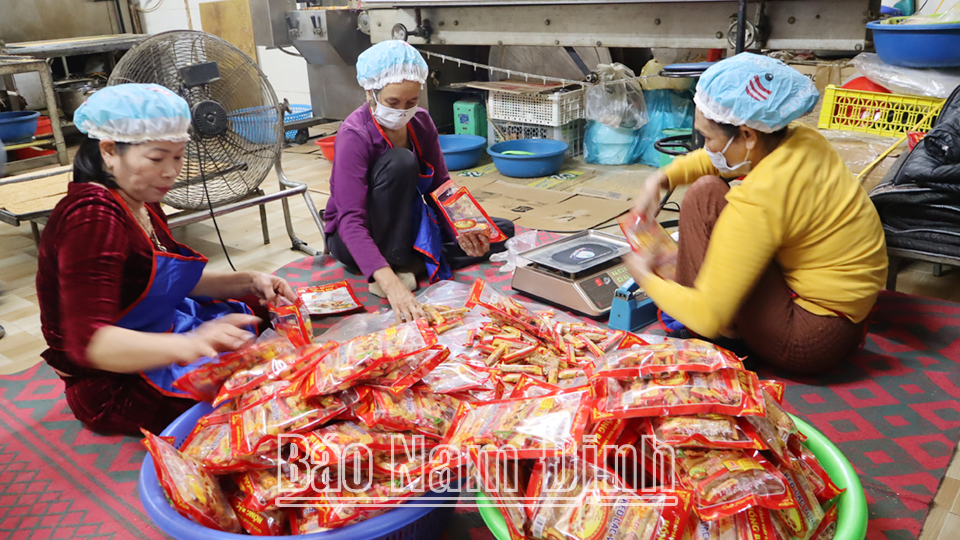





Comment (0)